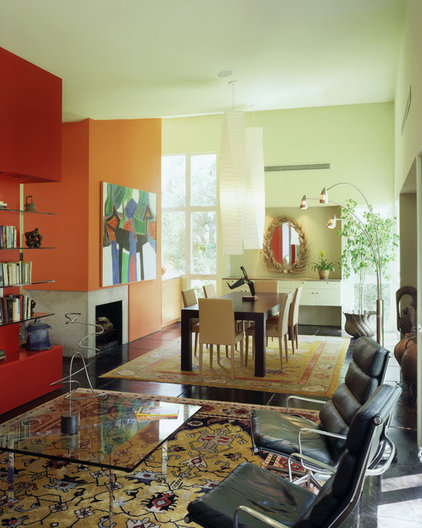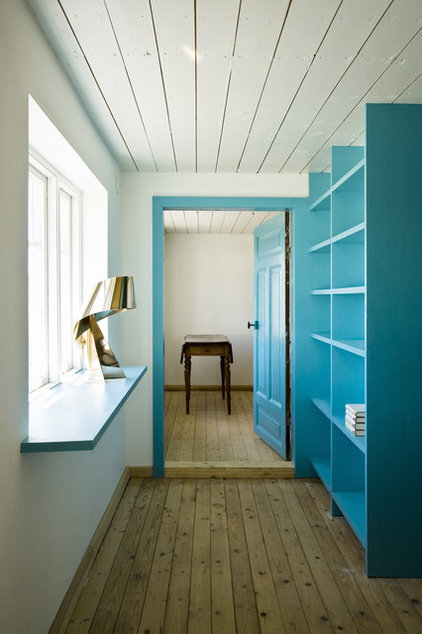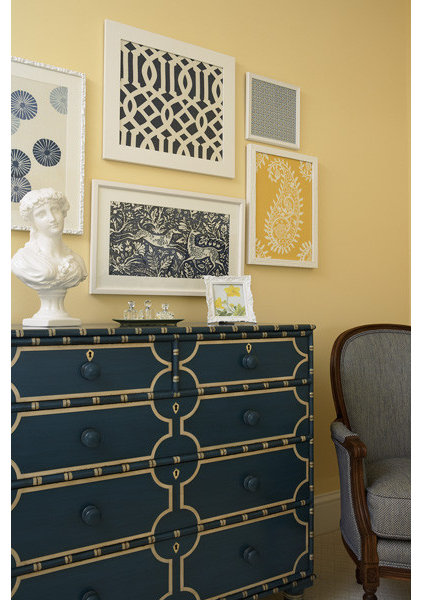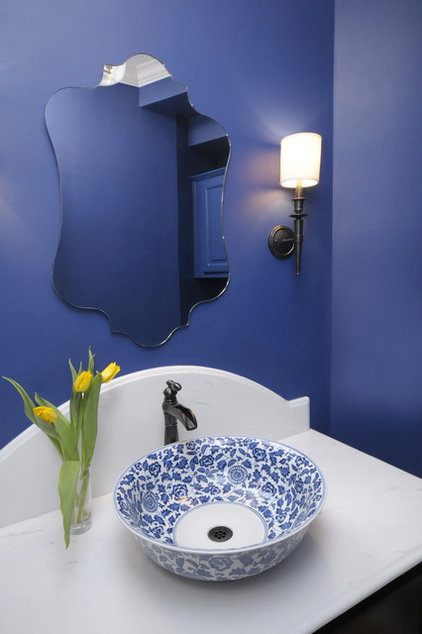A professional house painter may be your best friend for refreshing rooms. Here’s what you need to know to get the best result
Although painting is one of the most DIY-friendly jobs, there are times when you’ll want or need to hire a pro. Here’s how you can ensure a tip-top experience.
What a house painter does: In addition to painting surfaces of all kinds, painters prep those same surfaces (stripping wallpaper, sanding wood etc.), source and purchase materials, provide input about colors and finishes and, in many cases, supervise crews. Some handle specialty finishes such as a Venetian plaster or rag-rolled effect.
When to hire one: Hire a painter for interior and exterior painting jobs you don’t want to handle or that are too tricky for an amateur to tackle.
What it will cost: Rather than an hourly fee, most painters charge according to surface area and the level of skill and work involved. Prices vary widely, but in general, labor will cost between $2 and $4 per square foot for a basic paint job. Paint itself costs $15 and up per gallon, depending on the brand and finish, and other supplies such as tape and rollers add to the bottom line too.
Ready to start? Keep the following suggestions in mind.

Make preliminary decisions up front. The process will go more smoothly if you go into it with ideas about your preferred colors and finishes and know exactly which surfaces you want painted. Be aware that paint colors almost always look slightly different in print or on a computer screen, so use these only as guides.
Paint chips, while not 100 percent true to life, provide a closer approximation, but the only reliable method of choosing colors is to test them on the walls (more on that in a minute). The painter you eventually hire should be able to offer advice on how lighting and other concerns will affect the hues you’re considering.
Take care of necessary repairs. Do you have cracked moldings, dented drywall or other structural dings that need to be fixed? Ma
ke plans to repair them before the painter begins work. A flawed surface can ruin even a perfect paint job.
Gather and contact potential pros. Painters are among the most common professionals that homeowners use, so simply asking friends and neighbors for recommendations should start you off with a good list of names. You can also check with your local homebuilders’ association or talk to architects and interior designers to see whom they like to work with.

Generally, a prospective pro will pay a site visit in order to learn more about your needs and work up an estimate. You want to find a painter who falls in step with your budget, suits your style and has experience with the types of surfaces you need painted, especially if you’re considering special finishes. Once you’ve narrowed down your list to a few likely candidates, ask for references and check them.
Request samples. Once you’ve settled on a painter, it’s time to pin down the paint. Again, the only way you’ll know if you really like a given color is to try it out in your target space. Ask the pro to provide sample boards or small pots of paint that you can dab onto the walls.
Be specific about brands. If you want a certain brand of paint used, be sure the painter is aware (ideally, you’d put it in writing). Otherwise, he or she might take the liberty of choosing a different variety to stay within budget or compensate for your choice’s lack of availability.
Clear out the room before painting begins.If an item can be moved, move it — this will make the painter’s job easier and ensure that paint doesn’t get dripped on your prized porcelain lamps. Large or fixed objects, such as chandeliers or sofas, can be covered with drop cloths or plastic sheeting. Don’t use bedsheets; paint will soak right through them.
Be sure that the painting crew cleans up thoroughly. At the end of the job, keep an eye out for drips and spills, debris or other things that may need to be remedied.
Agree on follow-up maintenance. Most painters will fix chips, flakes, blisters and other flaws that appear within a specified time period after the painting is done. The paint you choose might come with a warranty as well, but remember that it won’t cover the cost of labor.


Speak Your Mind